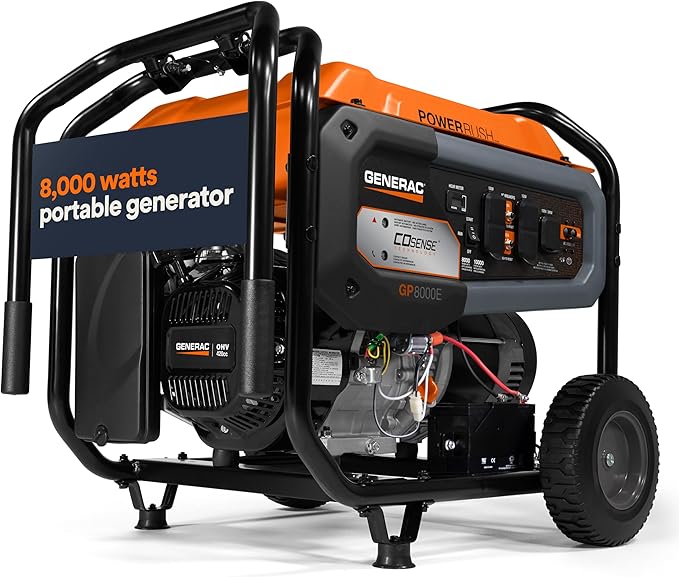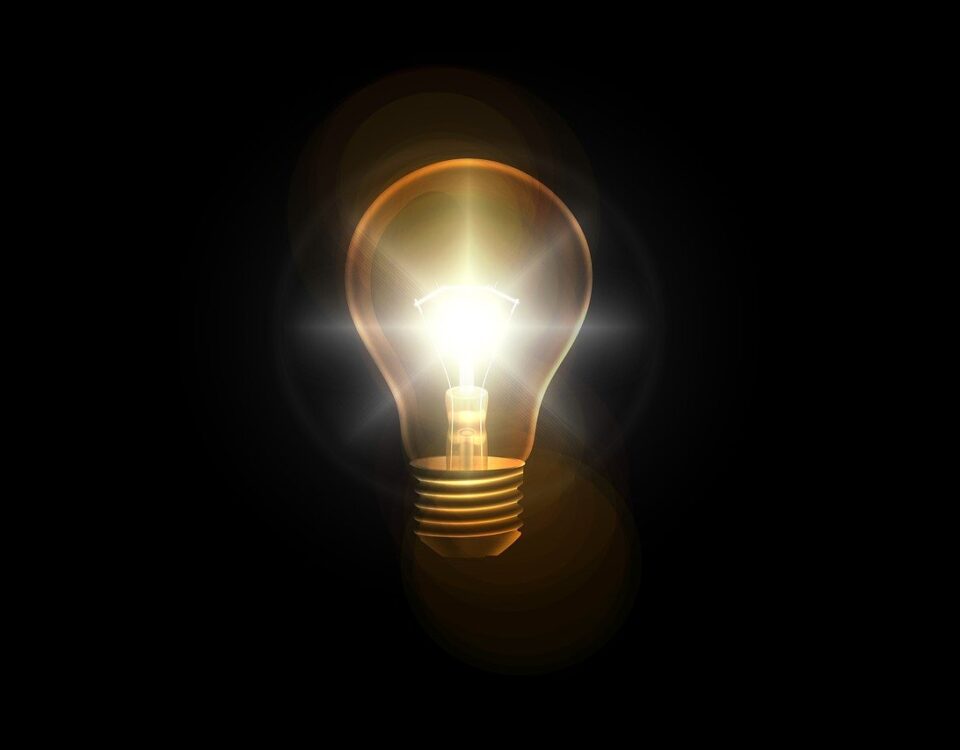How Much Can a 7500-Watt Generator Run?
Generac vs. Honda Generators: A Detailed Comparison
April 19, 2025How to Clean a Generator Carburetor: A Step-by-Step Guide
April 19, 2025A 7500-watt generator is a powerful and versatile backup power source for homes, job sites, and outdoor events. Whether you are dealing with a power outage or need reliable energy for tools and appliances, understanding what a 7500-watt generator can handle is essential. In this guide, we will explore the appliances and devices a 7500-watt generator can power, how to calculate power needs, and tips for efficient usage.
Understanding Generator Wattage
Generators are rated based on their wattage capacity. A 7500-watt generator provides 7500 running watts and typically a higher starting wattage, which is essential for appliances with electric motors that require extra power at startup. Knowing the difference between running watts and starting watts helps in determining what appliances you can run simultaneously.
- Running Watts: The continuous power the generator
- Starting Watts: The extra power needed to start motor-driven appliances like refrigerators and air conditioners.
What Can a 7500-Watt Generator Run?
A 7500-watt generator can handle multiple household appliances, essential electronics, and power tools. Below is a breakdown of common devices and their estimated power consumption.
Household Appliances
| Appliance | Running Watts | Starting Watts |
| Refrigerator | 700 | 2200 |
| Freezer | 500 | 1500 |
| Microwave | 1000 | 1000 |
| Coffee Maker | 1000 | 1000 |
| Electric Stove (single burner) | 1500 | 1500 |
| Dishwasher | 1500 | 1500 |
| Water Heater (Electric) | 4000 | 4000 |
| Washing Machine | 1200 | 2250 |
| Clothes Dryer (Electric) | 5400 | 6750 |
| Window AC Unit (10,000 BTU) | 1200 | 1800 |
| Central AC (2-Ton) | 3800 | 4500 |
Essential Electronics
| Device | Running Watts | Starting Watts |
| Laptop | 50 | 50 |
| Desktop Computer | 300 | 300 |
| Television (LED) | 100 | 100 |
| Wi-Fi Router | 10 | 10 |
| Home Security System | 50 | 50 |
Power Tools
| Tool | Running Watts | Starting Watts |
| Circular Saw | 1400 | 2300 |
| Air Compressor (1 HP) | 1600 | 4500 |
| Electric Drill | 600 | 600 |
| Table Saw | 2000 | 3000 |
Running Multiple Appliances Simultaneously
A 7500-watt generator allows you to run several appliances at once, but it’s crucial to manage the load properly. Here’s an example of how you might distribute power efficiently:
- Refrigerator (700W running, 2200W starting)
- Microwave (1000W running, 1000W starting)
- LED TV (100W running)
- Wi-Fi Router (10W running)
- Window AC Unit (1200W running, 1800W starting)
- Laptop (50W running)
Total running watts: 4060W Total starting watts: 7100W (for a short time)
This setup stays within the generator’s capacity, ensuring efficient performance.
Tips for Efficient Generator Use
- Prioritize Essentials: Decide which appliances are most important during a power outage.
- Avoid Overloading: Always check your generator’s capacity before plugging in multiple devices.
- Use Power Strips Wisely: Plug multiple small devices into a power strip to manage energy distribution.
- Start Appliances in Sequence: Avoid starting all high-wattage appliances at once to prevent excessive load.
- Keep Fuel in Check: A 7500-watt generator consumes a significant amount of fuel, so ensure you have a sufficient supply.
- Perform Regular Maintenance: Keep the generator in top condition with regular oil changes, air filter replacements, and inspections.
A 7500-watt generator is a reliable power source for home backup, outdoor use, and job sites. It can run essential household appliances, electronics, and power tools, provided you manage the load properly. Understanding wattage requirements and prioritizing usage will help you make the most of your generator while ensuring safe and efficient operation. Whether you’re preparing for an emergency or need portable power, a 7500-watt generator offers a strong balance of capacity and versatility.


